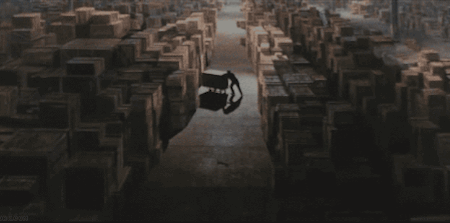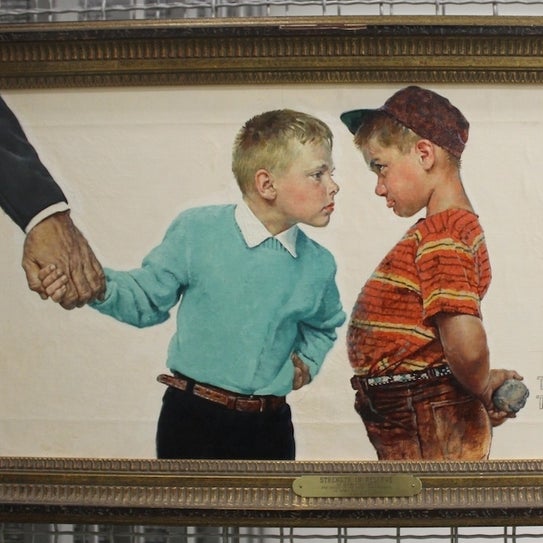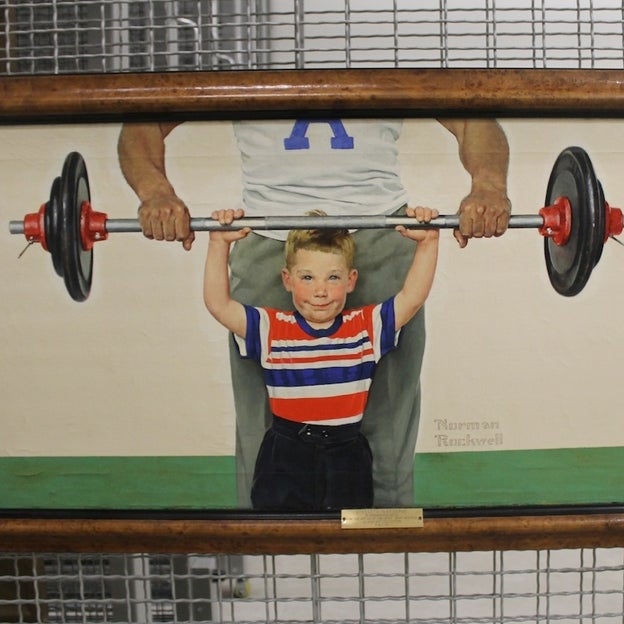Remember that ending scene out of Indiana Jones where the Ark of the Covenant is boxed up and wheeled through an endless government warehouse?
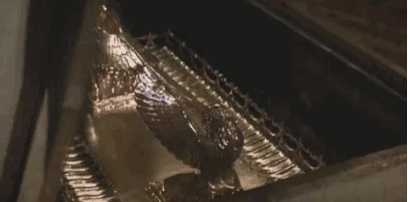
Did you know that that place actually exists?

It is called the Center of Military History.
It is located 30 minutes outside Washington, D.C., at Fort Belvoir in Virginia. The building itself is very nondescript...



...but behind a series of highly alarmed doors...


...and long, cement, camera-laden hallways...
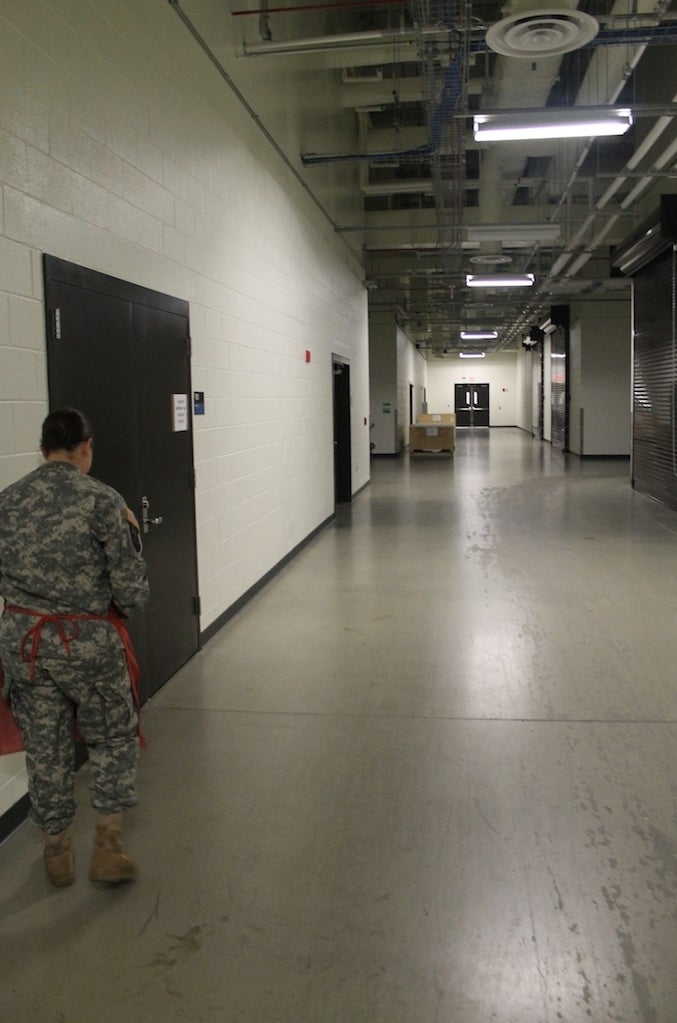

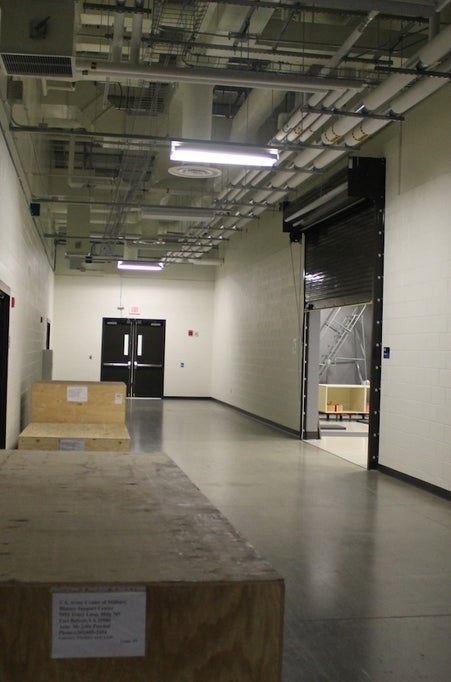
...is the highly sophisticated, climate-controlled treasure room where the Army keeps its most precious artifacts.
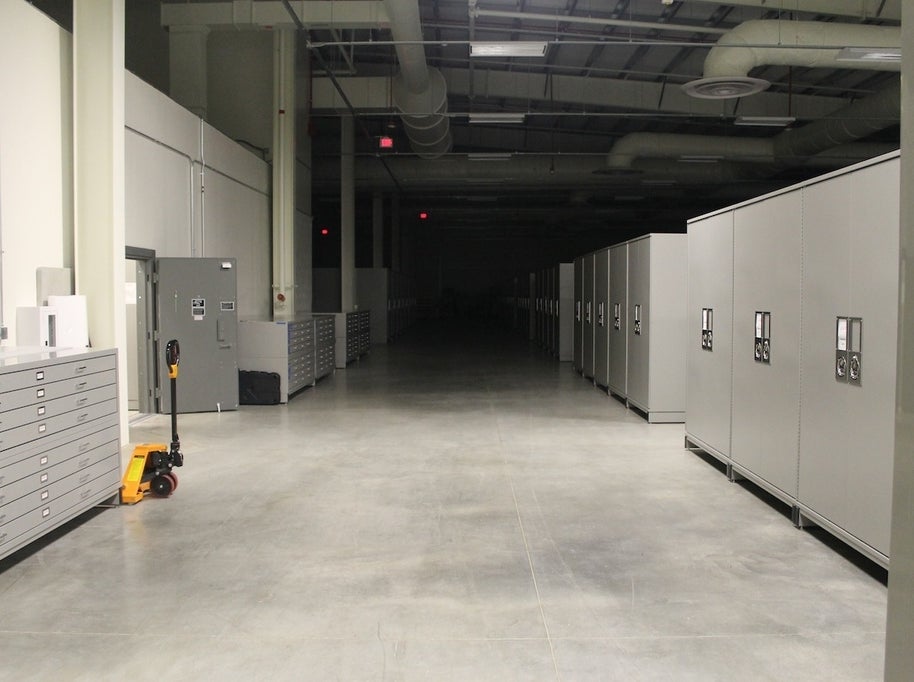

The facility was built for $24 million in 2010.
The cavernous warehouse is typically shrouded in total darkness. Motion lights illuminate only the areas in which someone is walking.
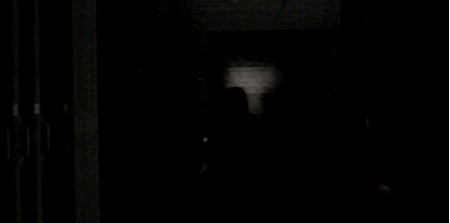
Behind these giant doors lie the Army's historic collection of weaponry.
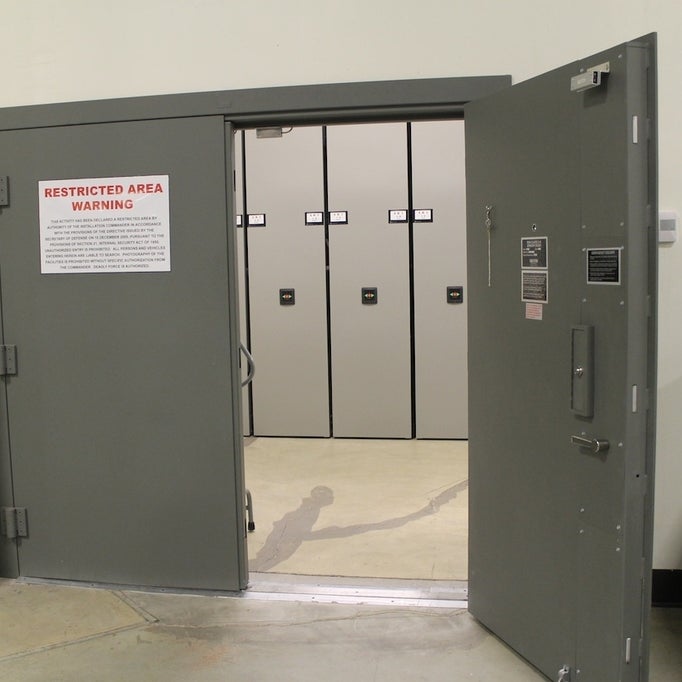
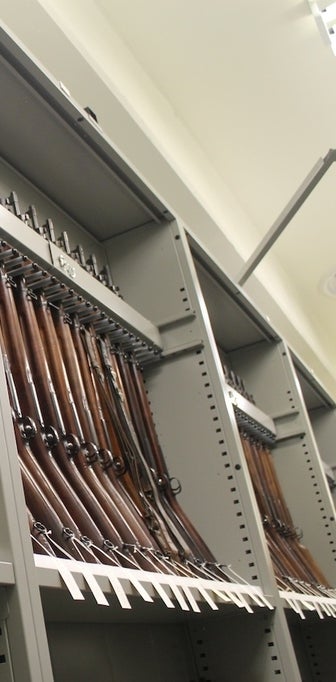
The room consists of dozens of collapsable "hallways" filled with the richest American firearm collection on the planet.

The collection is stacked with priceless items.


One-of-a-kind boat gun that pre-dates the Revolutionary War.
The entire collection can be moved at the press of a button...
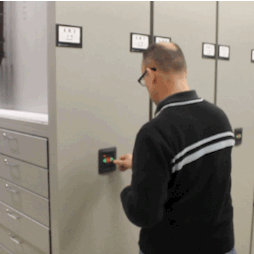

...to create new endless hallways of historic firearms.
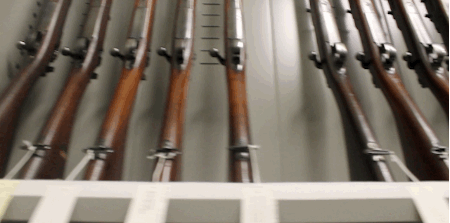
Entire lineages of weapons are kept here for research as well as preservation purposes.
Another portion of the warehouse consists of endless rows of gigantic airtight lockers. This is called "3D storage."
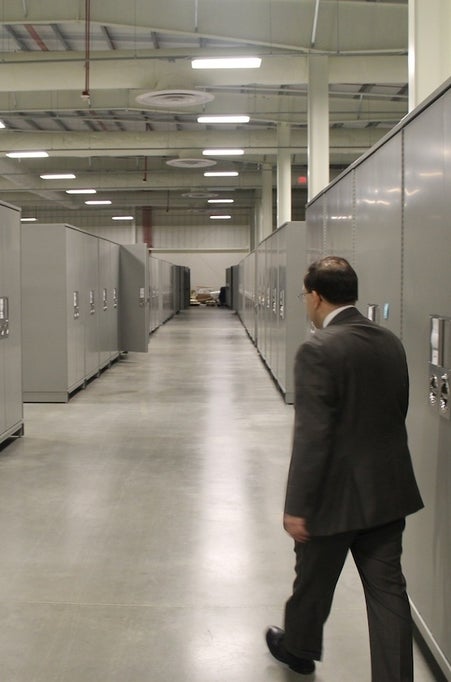

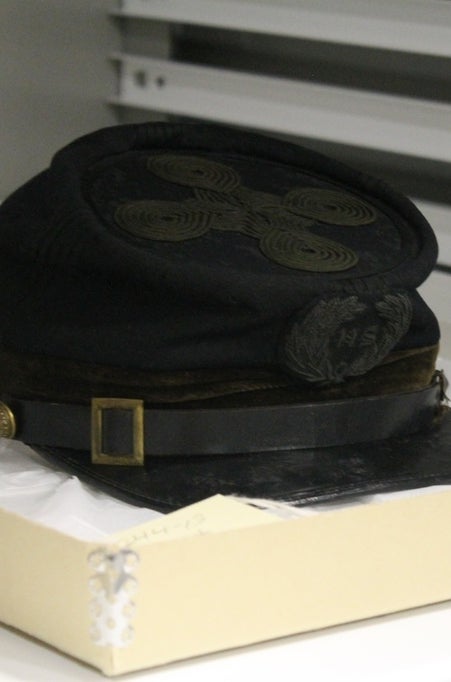
Every meaningful artifact that has been worn on a military battlefield is stored here. Including Gen. Ulysses Grant's Civil War cap.
Famous generals' uniforms and Revolutionary War powder satchels...
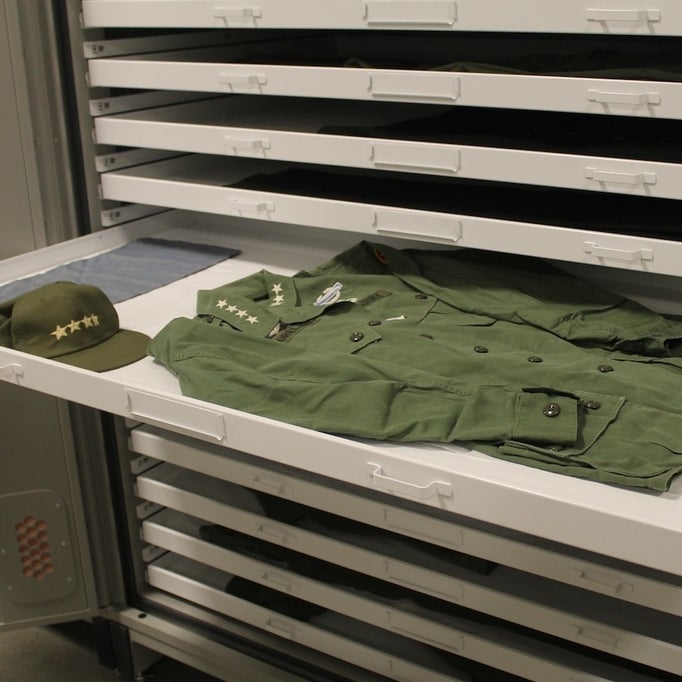
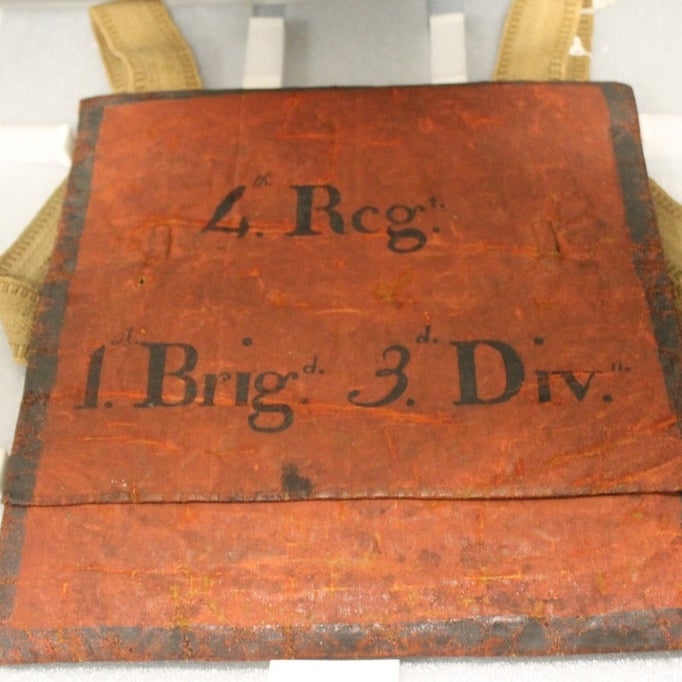
...flags, canteens, and cannons.
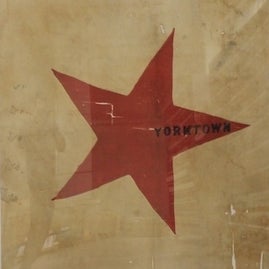


And the rows go on and on and on and on...
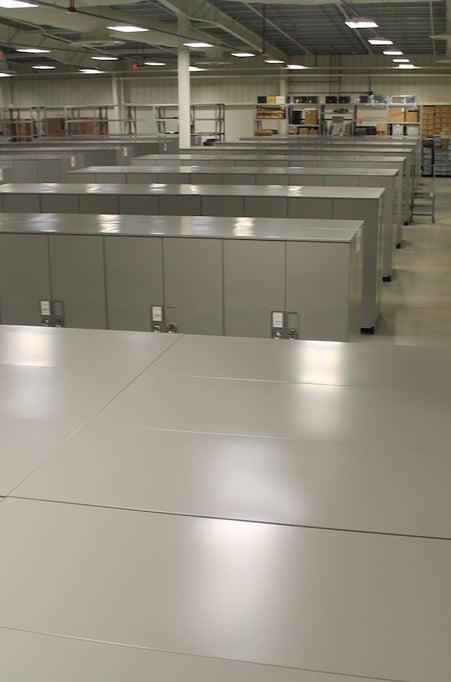


But the crown jewel of the collection is the 16,000 pieces of fine art the Army owns.


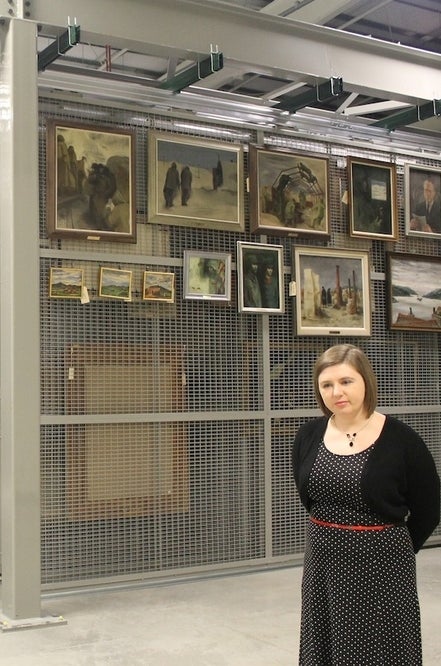
The art is kept on giant rolling metal frames.

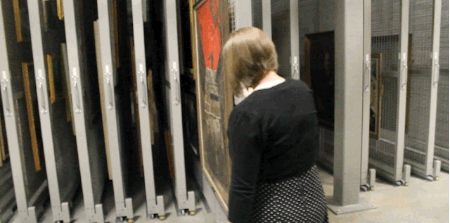
The massive collection consists of donated and commissioned pieces. Much of the art was painted by soldiers who experienced their subjects in real life.
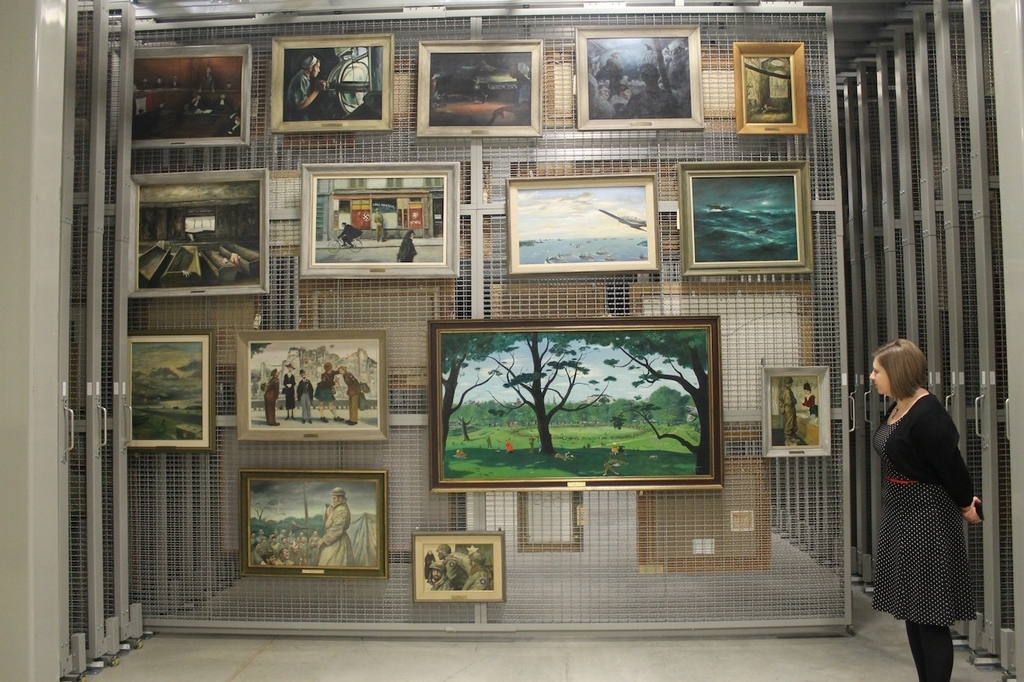
The art tells the story of America's wars through a soldier's unique perspective.
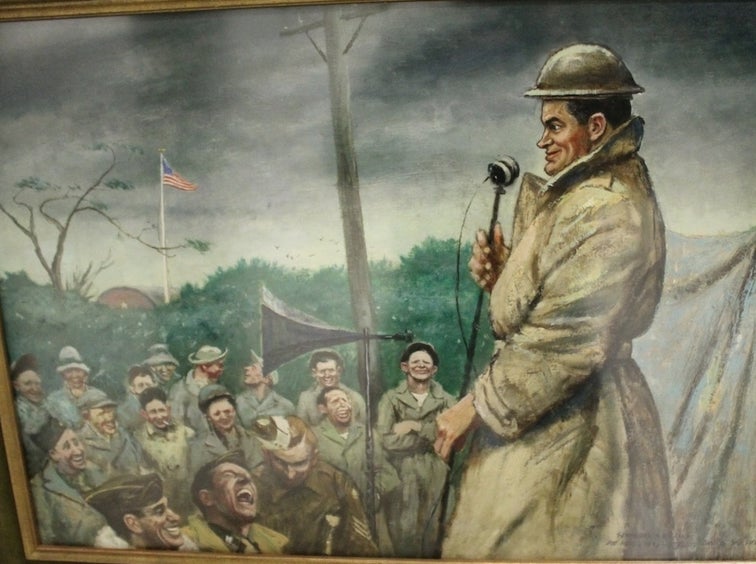
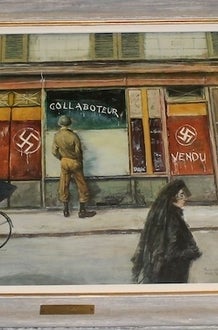
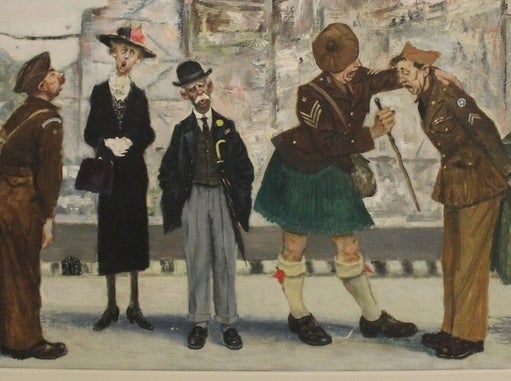
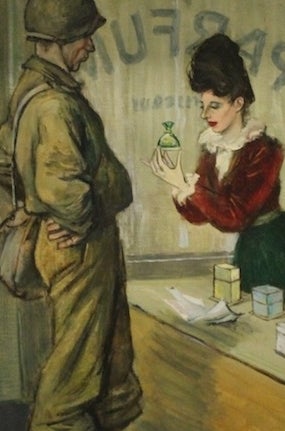
Some works are just beautiful beyond words.
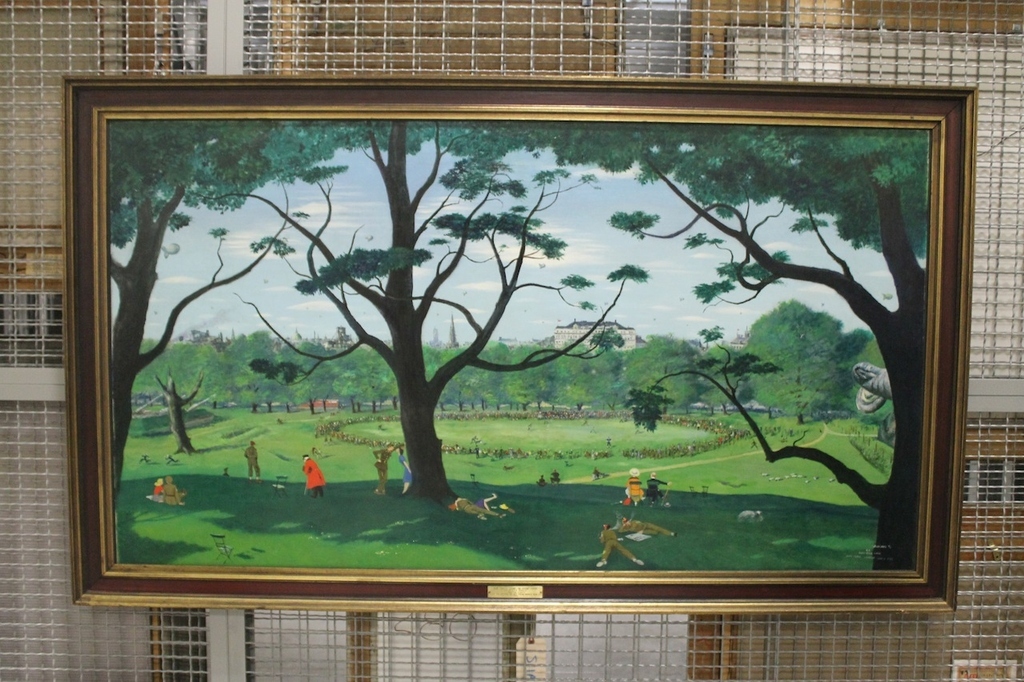
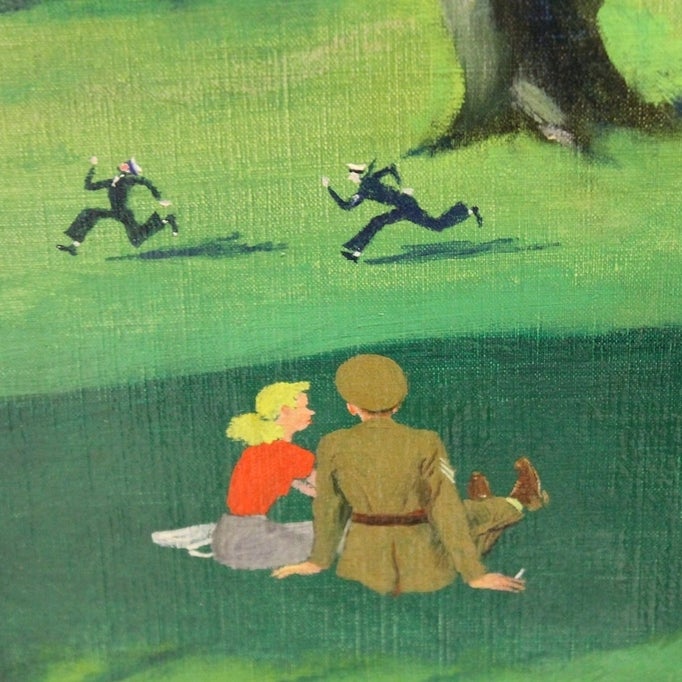
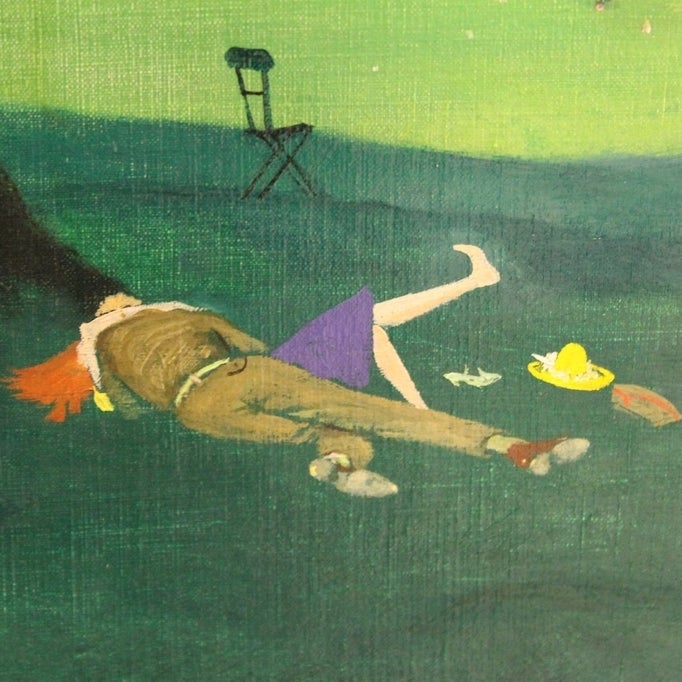
"Softball Game in Hyde Park" by Floyd Davis.
Every aspect of war is captured in the collection.
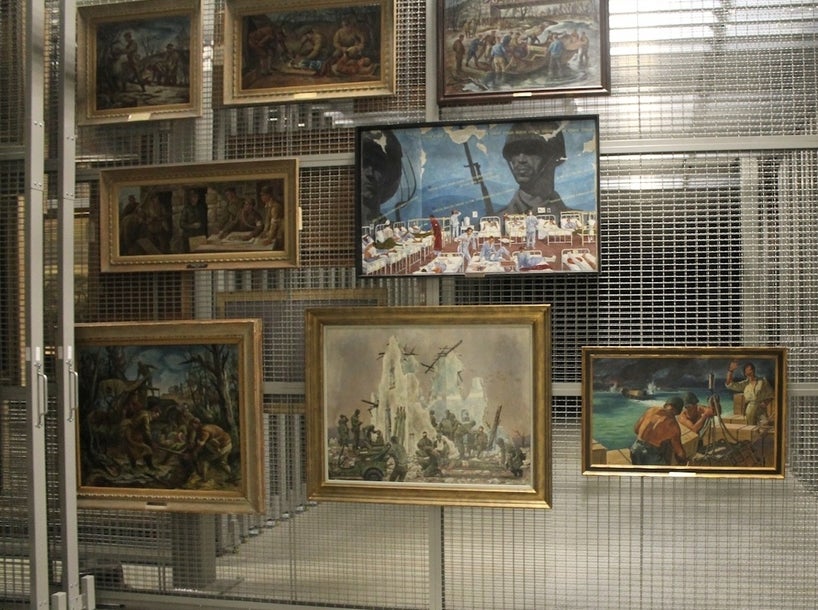


"That 2,000-Yard Stare" by Tom Lea.
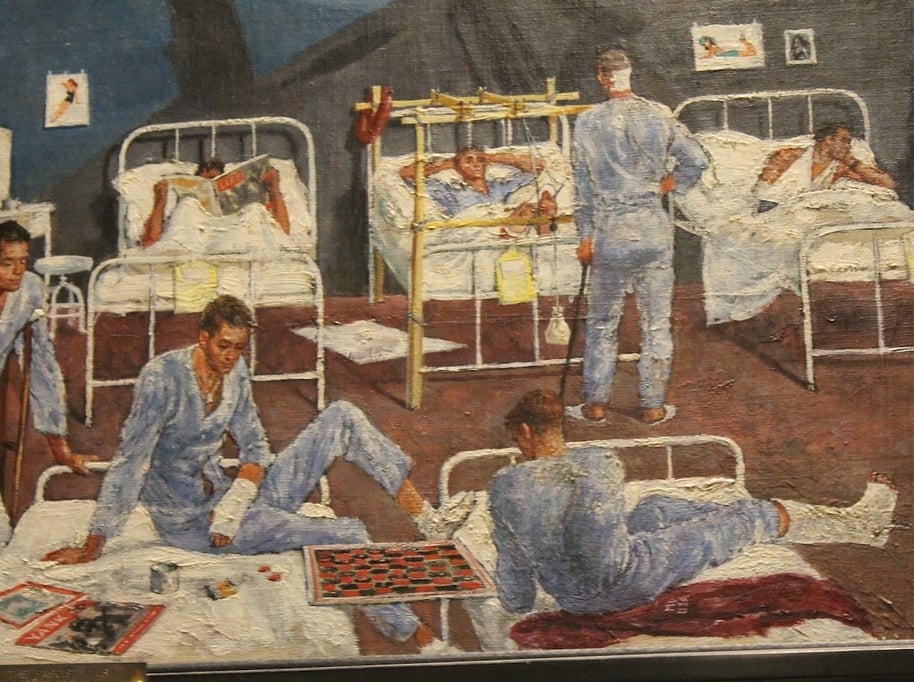
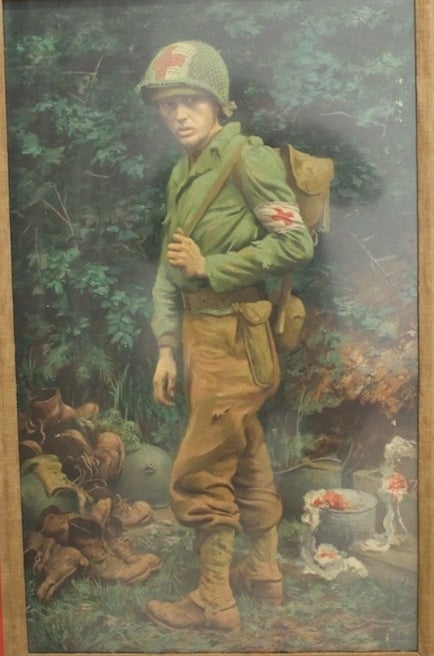
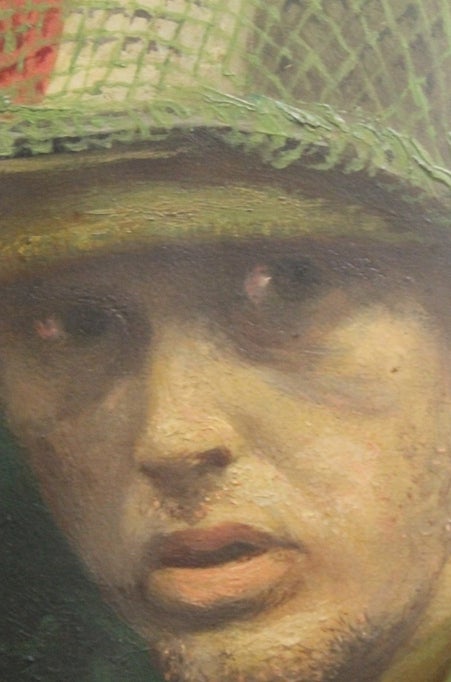

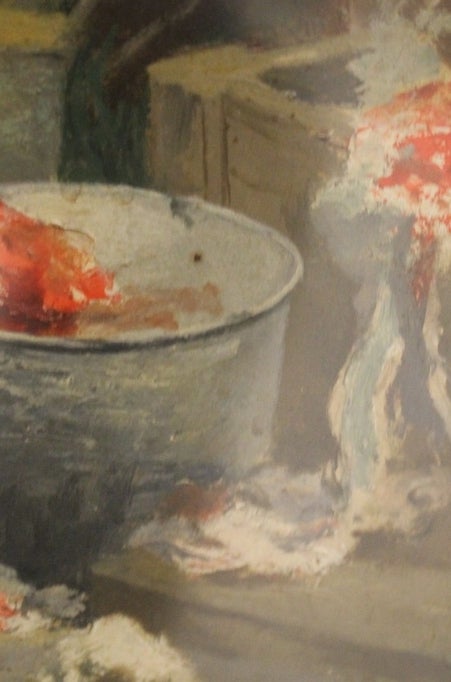
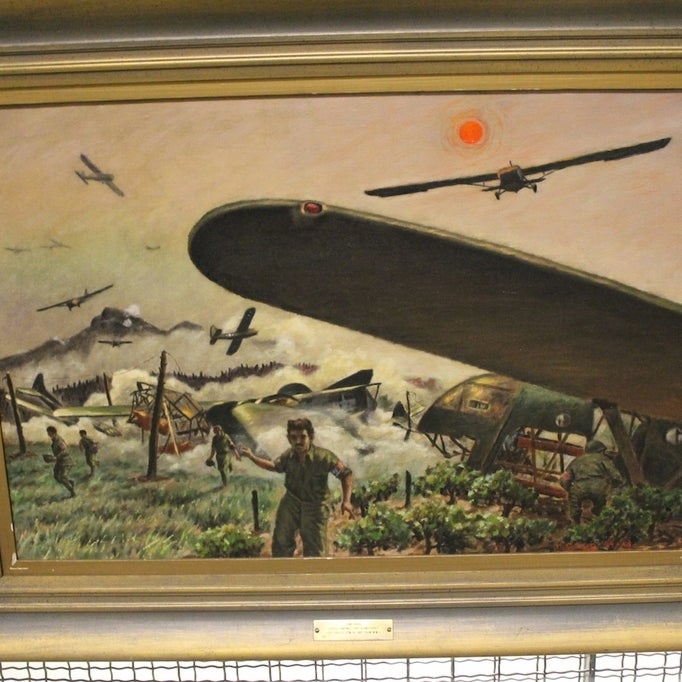



The collection also includes original Army propaganda art.
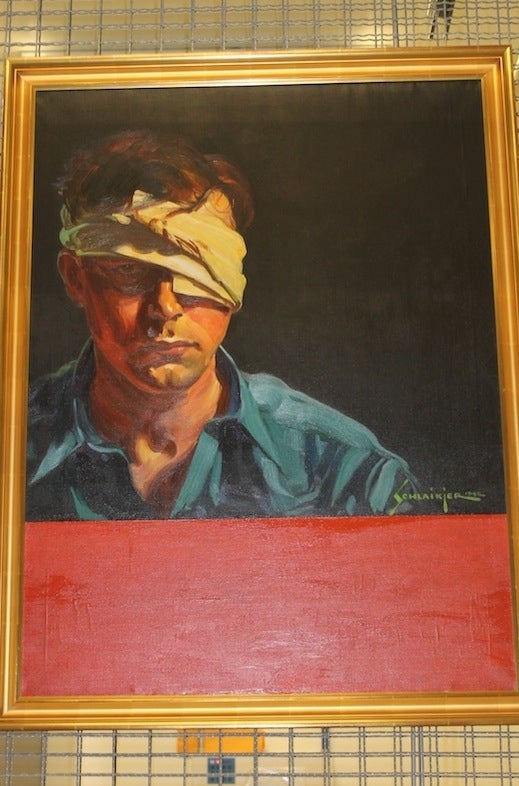

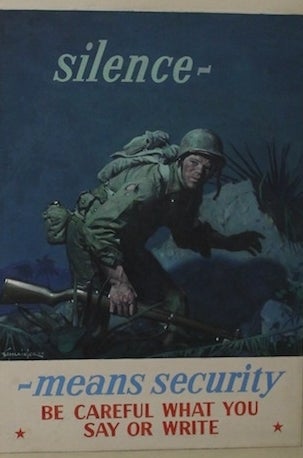
Including beautiful Norman Rockwell originals that the Army commissioned in the 1940s.

Virtually every American conflict is represented from a first-hand soldier's perspective.
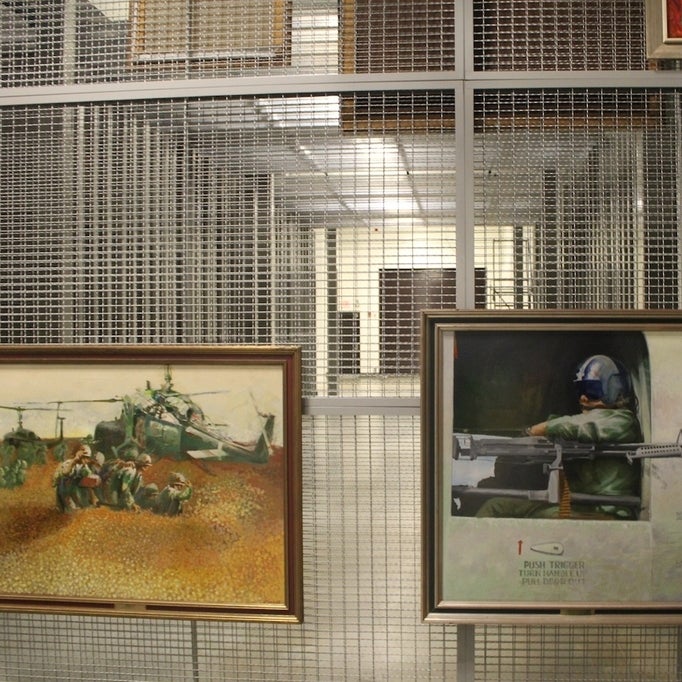
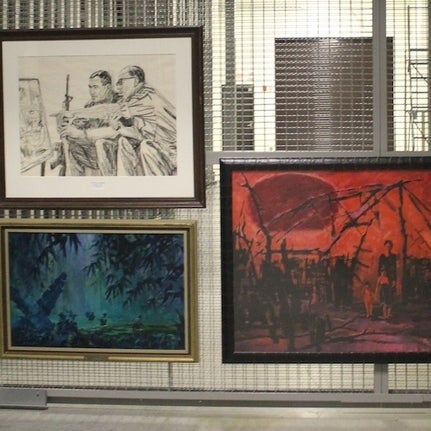
Vietnam.
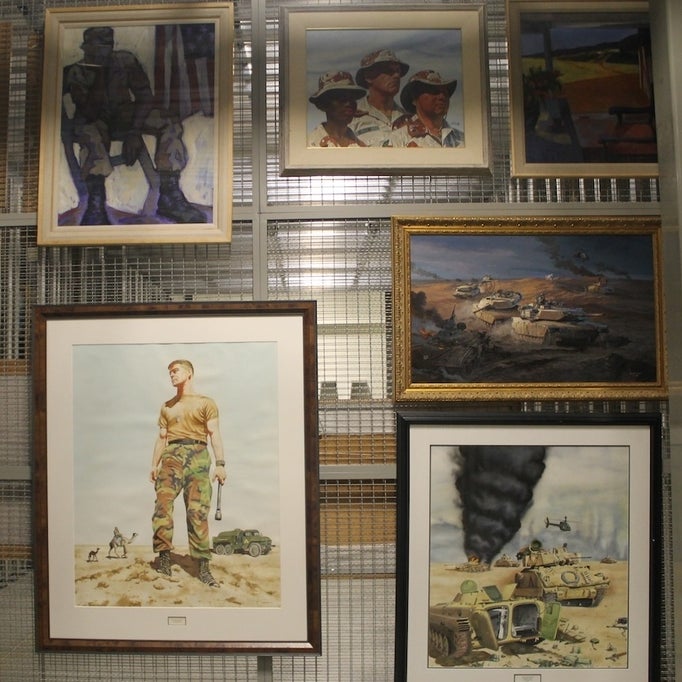

Desert Storm.
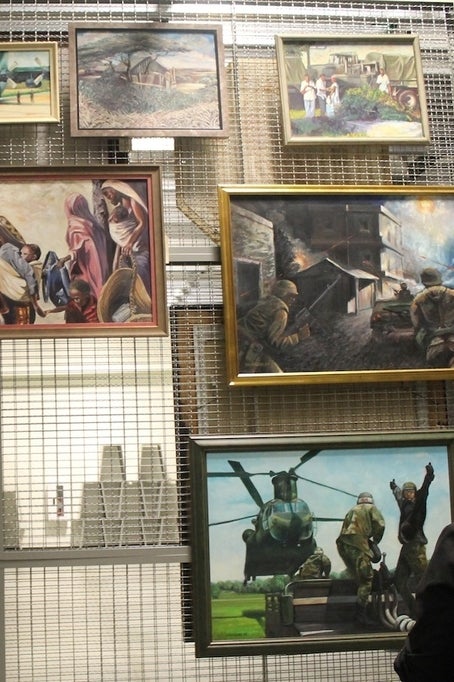
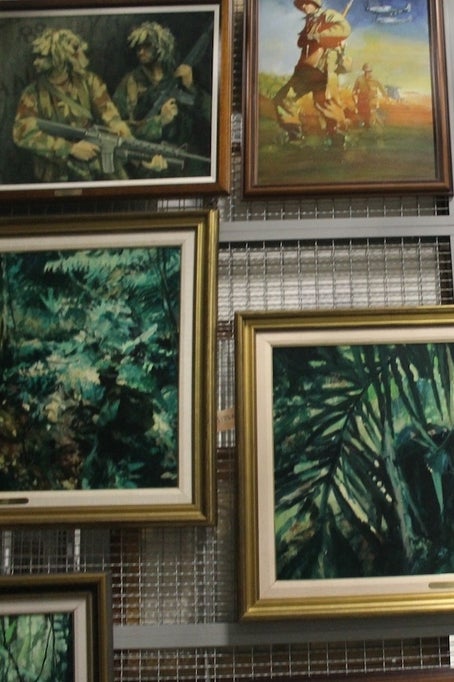
Humanitarian aid missions to the conflicts of the 1980s.
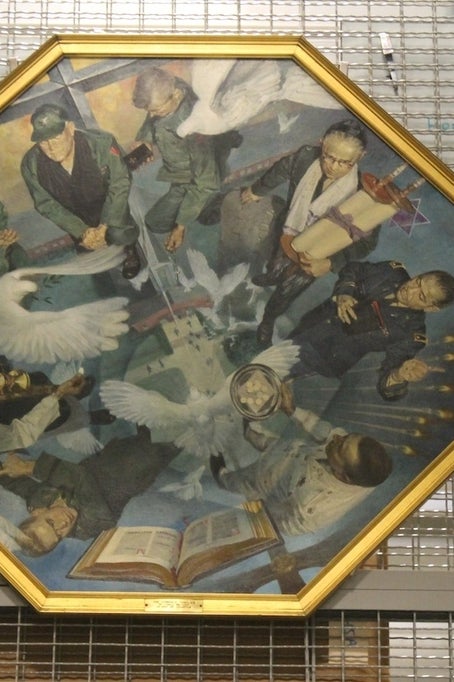
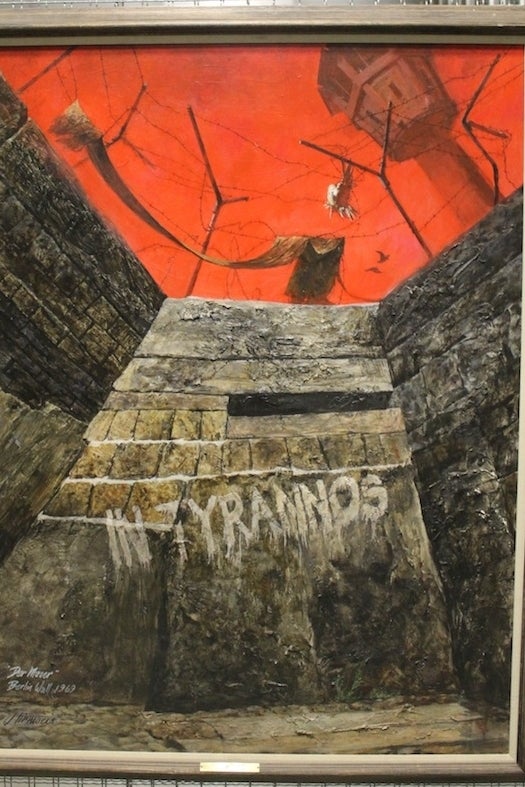
Peace and war.
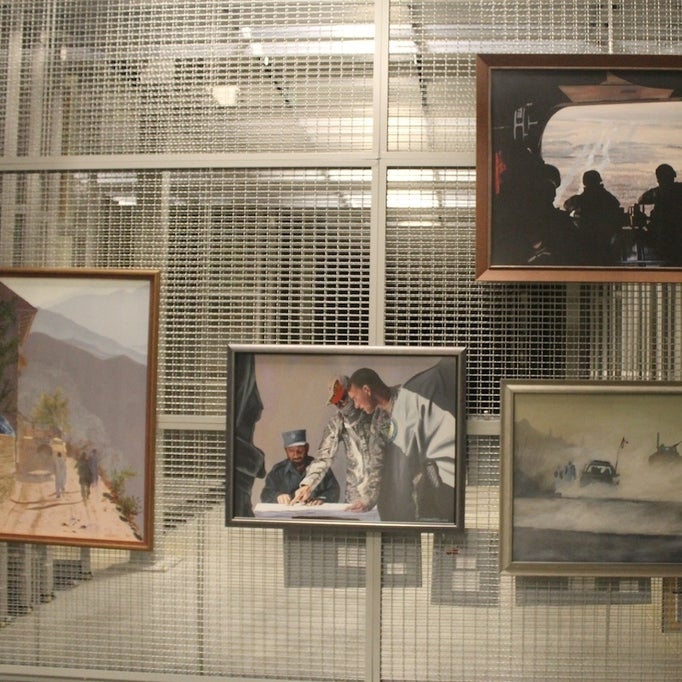

The "war on terror."
The soldier's perspective...
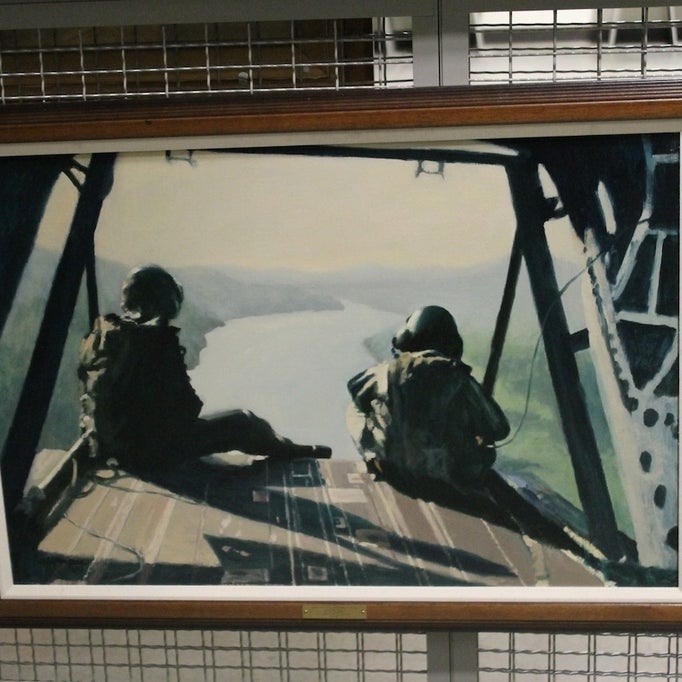

The collection also has a controversial side that has never been displayed.
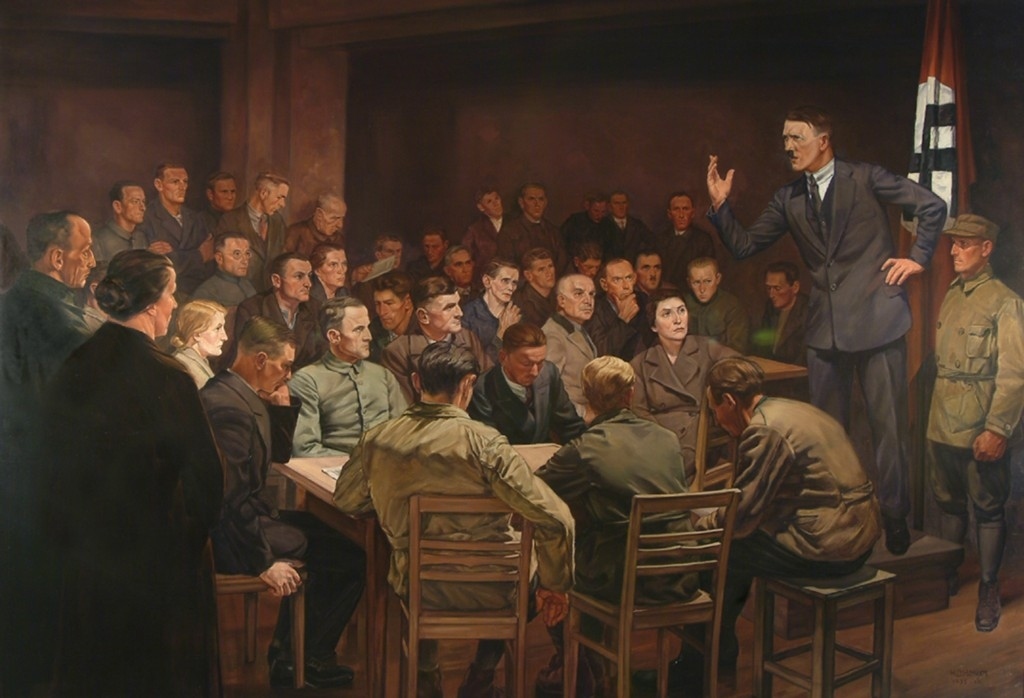
Including watercolors painted by Hitler himself.
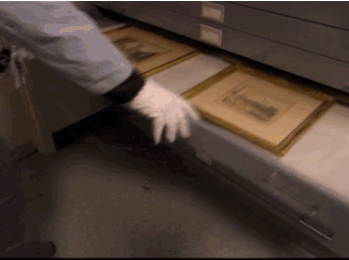

At the age of 18, Adolf Hitler applied to the Academy of Fine Arts in Vienna but was rejected. A number of Hitler's paintings were seized by the U.S. Army at the end of World War II and found a home at the center. None of the confiscated Nazi art has ever been displayed, and the curators thought them too controversial for this piece. The scene above was filmed at the center for the documentary The Rape of Europa.
Not a single piece in this massive collection is open to the public. Why is it kept under lock and key in a blackened warehouse?
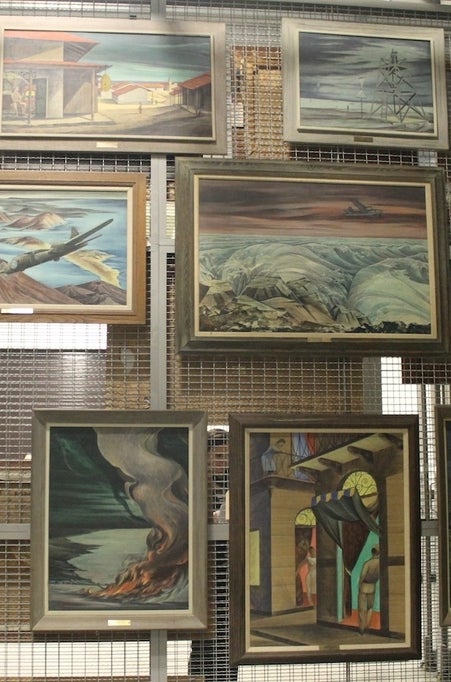
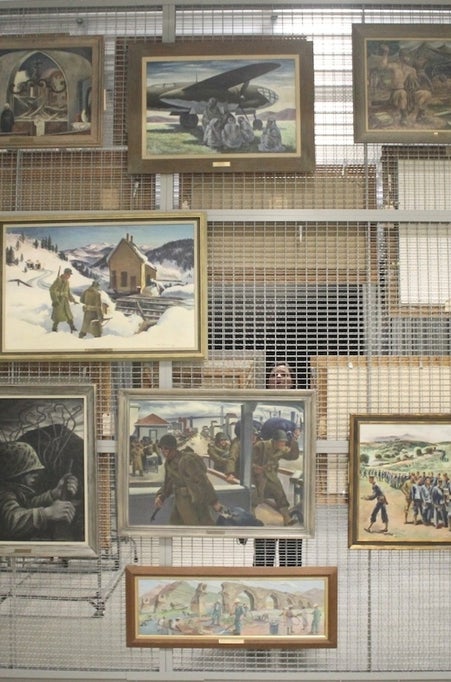
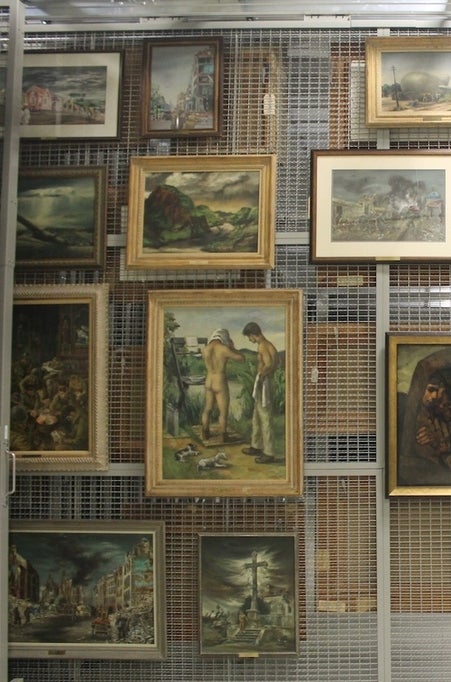
Simple answer: Because there is no museum to house it.
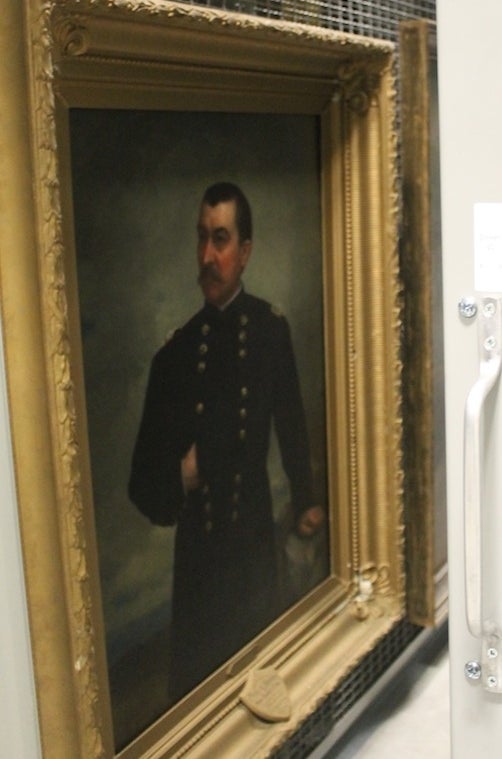
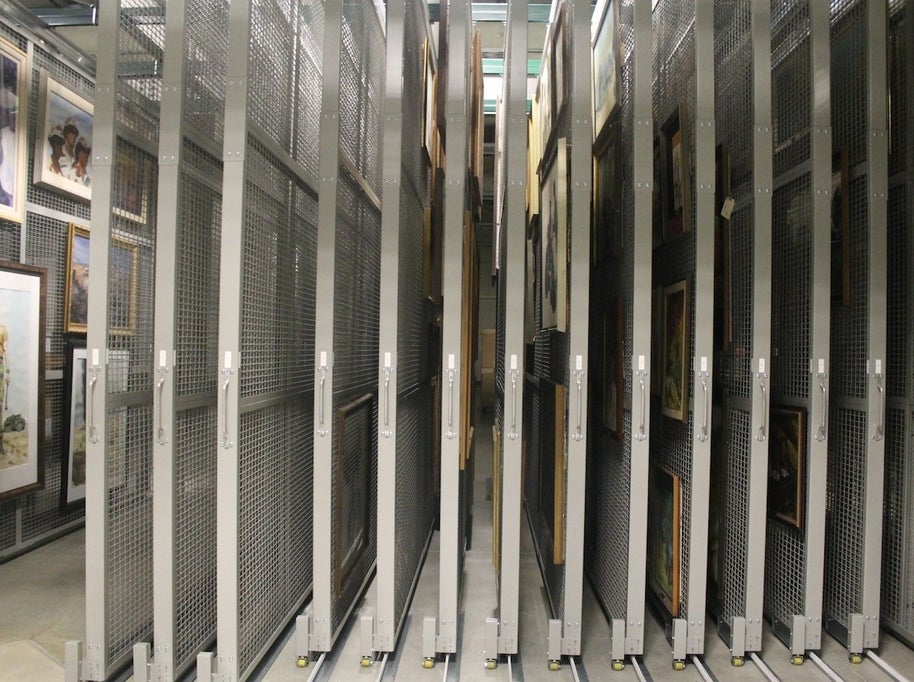
The entire collection could be made accessible to the public, if the funds for a museum could be raised.
The Army Historical Foundation is in charge of raising the funds for the museum.
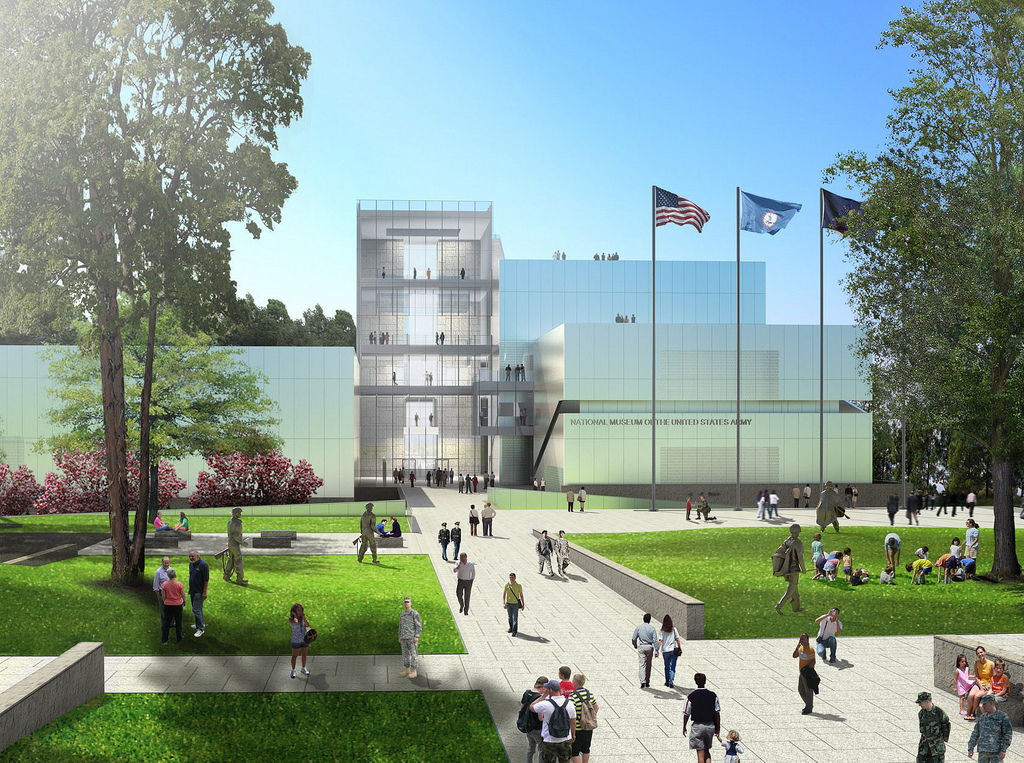
But until then...
